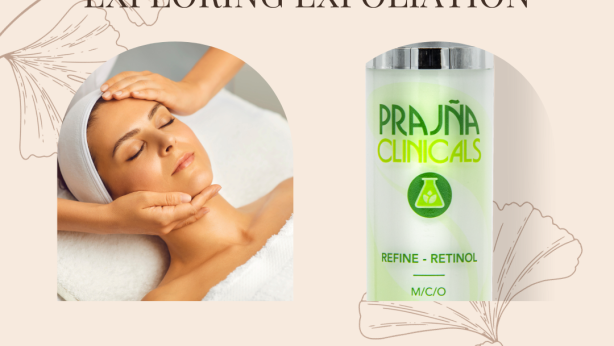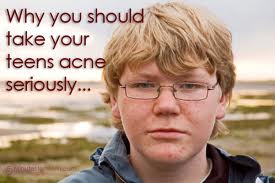Understanding Acne Scarring
It is not surprising that people with acne feel overwhelmed considering the vast choices for home remedies, prescribed medications, and innovative treatments available to prevent and/or reduce scarring. The great news is that with all the opportunities to reduce acne scarring with medications, treatments, and remedies, people with this skin disorder have safe and effective options but it is also easy to understand why choosing the best solution can be difficult.
I wanted to offer some helpful information about acne scar categories and types along with information regarding how to remove acne scars. For someone with this problem, information provided would provide hope of living a more normal life without excessive scarring. Additional education to types and categories of acne scarring, learning about effective and safe treatments is critic
A doctor with expertise in acne scarring should be consulted if a person has concerns or needs to get answers to questions.
Understanding Acne Scarring
Prior to a treatment being tried, gaining knowledge about acne categories would be imperative. As far as categories, two exist, each with various scarring types included. Raised and depressed are the two official categories of acne scarring.
o Raised – With this type of acne scarring, scars appear on the surface of the skin although over time, the scars would get larger, begin to itch, and even become painful. As a result, the visibility of these scars becomes greater and greater.
o Depressed – For these scars, different degrees of depression appears. With age, the degree of indention for scars of this kind become worse.
Types of Acne Scars
Another aspect of how to remove acne scars, people need to know about the types of scars within the two categories mentioned above. For instance, Hypertrophic and Keloid scars are types of raised scars and Icepick, Rolling, and Boxcar fall within the depressed category.
o Hypertrophic – With this, scars are located in the margin of the wound. Although these scars do fade with time, they are initially red.
o Keloid – There are a number of reasons that these scars are more difficult to deal with. Even when the acne outbreak has subsided, scarring of this kind will continue to grow. Scars of this type are big but also dense while the skin’s surface is a pink or purple color and smooth. While Keloid scars can affect people of all ethnic groups, visibility is increased in African Americans, Asians, and Latino’s. Several treatments exist for Keloid scarring but challenges exist for older scars in that removing them is quite difficult.
o Icepick – With this, deep pits form on the skin.
o Rolling – The appearance of rolling scars is wavy with some degree of texture
o Boxcar – Rather than a normal scar appearance, what looks like big pores develops.
Depending on the category, type, and severity of scars, treatment would be determined. Along with the, the age of the scar but also the individual would dictate the kind and length of treatment to achieve success. For raised and depressed scars, several effective and safe treatments could be considered as shown below.
Raised Acne Scar Treatments
o Injections – In this case, corticosteroids are injected into raised scars on a flat surface of skin with what are formally known as intralesional injections. In this case, scars would decrease in size and become smoother. To make thick scars smoother, interferon injections are typically used. After receiving several injections over a two to three-week period, most people will see improvement in the scar’s appearance.
o Surgery – While only outpatient, surgery has been shown to be highly beneficial for many types of scars. For Hypertrophic scars, surgery usually produces quick and favorable results whereas for Keloid acne scars, two types of surgery are usually performed to include scar removal and acne surgeries. The reason is that Keloid scars can return and in fact, they do in 45% of cases.
o Pressure – With this, raised Keloid scars can be treated by wearing a special device or garment that actually smoothes the surface from the applied pressure.
o Radiation – Of all treatments for raise scars, radiation is one of the more innovative and new treatment options that has been quite successful.
o Laser Therapy – Many people have seen incredible improvement thanks to laser therapy. To reduce symptoms of acne scars such as pain, itching, rough texture, and discoloration, Pulsed Dye Laser or PDL is used for darker skinned people while Intense Pulsed Laser or IPL is for lighter skinned people.
o Cryotherapy – In this case, scars come off by killing connective tissue, something accomplished with freezing. Along with corticosteroid injections, people with raised acne scars have experienced improvement
o Topical Solutions – One of the acne scar treatments is with creams, lotions, or gels formulated with Tretinoin that decreases the scar’s size, as well as discoloration, pain, and itching.
Treatments for Depressed Acne Scars
o Surgery – While surgery is the most serious choice it is also the most effective when dealing with depressed acne scarring. To reduce the size of large and deep scars, surgery would be performed using the best procedure while the patient is under light sedation. Interestingly, the size of scars would actually keep becoming smaller even after surgery and healing are completed.
o Laser Resurfacing – For depressed scars, whether Boxcar, Icepick, or something else, this is one of the most beneficial treatments.
o Fillers – Due to fillers being so effective, this is a great option for acne scars. Along with quick transformation, fillers do not require a person to go through any type of recovery. To achieve the best results, different types of fillers are used although when a person’s own body fat is extracted and then injected, as well as Polymethylmethacrylate or hyaluronic acid into the scarred area, results would be permanent.
o Chemical Peels – While ongoing maintenance would be required when using this treatment for depressed acne scars, because chemical peels have the ability to penetrate deep into the skin, they produce good results for people with types of depressed scars.
o Microdermabrasion – This treatment causes no pain although the top layer of the skin is removed. For people with mild scarring, as the skin heals after microdermabrasion, scars are barely visible, if at all.


